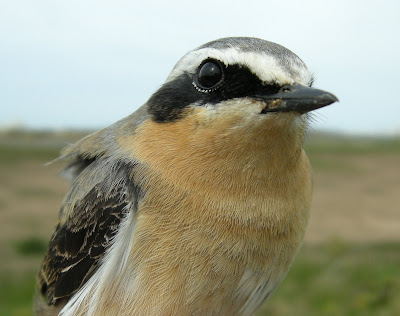River Hodder
When we arrived at the site we could hear a cacophony of Siskin calls and it sounded like there were hundreds of them. After we had finished maintaining the boxes we had lunch in the cafe at the site where there is a large feeding station operated outside the large 'picture' windows of the cafe, and it was full of Siskins. There were at least 6 sunflower feeders with 6-8 ports on each feeder occupied a Siskin, and the birds were coming and going all the time. It was possible to look at 40-50 Siskins at once! They probably outnumbered all the other birds at the feeding station combined, by 5:1, and we are talking about numerous Tits and Chaffinches here as well! I couldn't guess how many Siskins are using the feeding station, probably somewhere between 400 and a 1,000!
On the way home we called at Rawcliffe Moss to maintain my Tree Sparrow boxes. I only have 10 boxes here and I had to replace 2 and I put up a further 2 in the L Wood, increasing the total to 12. I am looking forward to that first weekend in May when we start checking them.








































